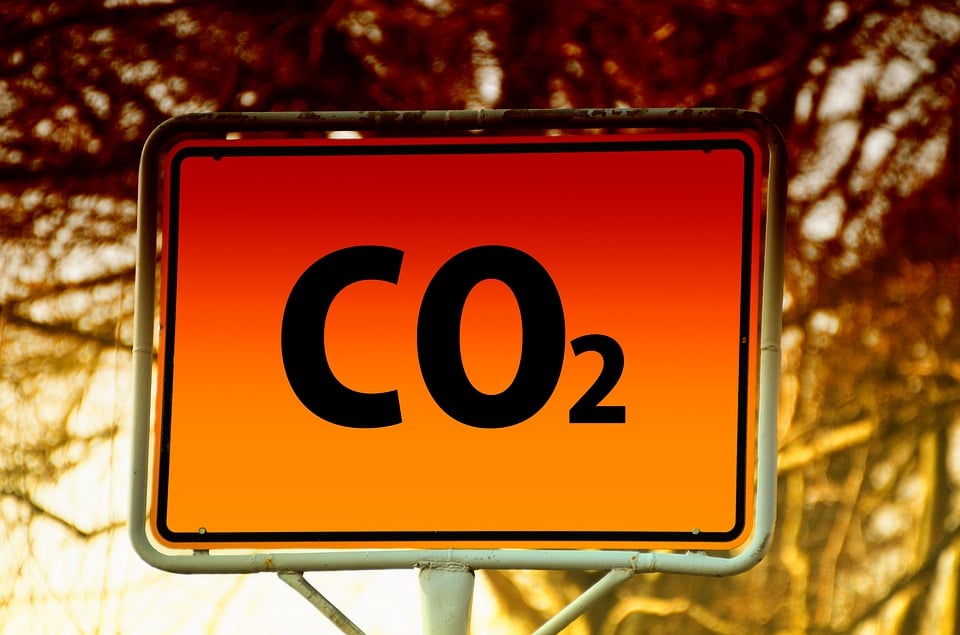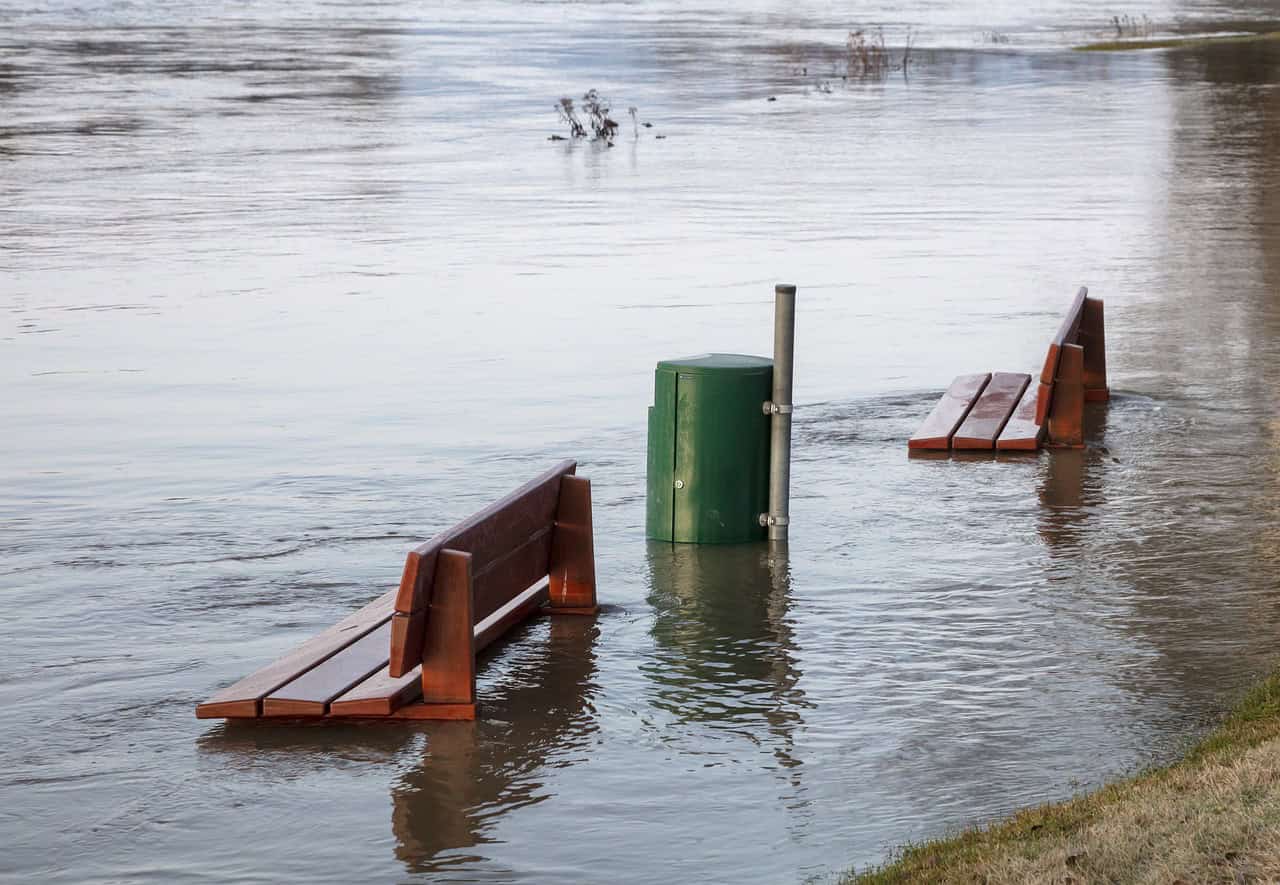
To stop climate change and prevent the carbon dioxide content of the air from rising any further, technological processes are available that cut CO2 from the air: CO2 capture and storage in energy production from biomass (BECCS) and direct CO2 capture and storage (DACCS). Both processes are methods of carbon capture and storage (CCS).
In the draft version of the long-term climate strategy formulated by the EU Commission in 2018, it was stipulated that the increase in CO2 and other greenhouse gases in the atmosphere should be reduced to zero within the European Union by 2050. This is so-called net zero. This means that there will continue to be emissions, because especially in steel and cement production, air traffic and agriculture, they cannot be avoided. To compensate for these residual emissions, processes that remove CO2 from the atmosphere, so-called CDR processes, must be used.
This is the argument of the “Unconventional Climate Protection” study published in May of this year by the Stiftung Politik und Wissenschaft, a federally funded research institute in Berlin. The authors Oliver Geden and Felix Schenuit examine the question of how “unconventional climate protection” – the targeted removal of CO2 from the atmosphere – can be integrated as a new approach in EU climate policy.
Avoiding emissions is not enough
Conceptually, a distinction is made between conventional climate protection, which focuses on avoiding and reducing emissions, and unconventional climate protection. The latter is about removing CO2 from the atmosphere. Various natural methods are under discussion for this purpose, so-called natural carbon sinks. The first of these is afforestation. Further possibilities could be the enrichment of soils with CO2, the application of special stone meals in soils and oceans or the fertilization of the oceans to promote the growth of plankton. All these methods have their advantages and disadvantages. The authors of the study assume that all of them together cannot reliably remove enough carbon dioxide from the atmosphere to compensate for residual emissions.
In the medium term, the EU will not be able to avoid integrating technological sinks into its climate policy. That is why artificial or technological processes that remove CO2 from the air come into play. One possibility is to combine the production of energy from biomass directly with the capture of carbon dioxide (BECCS). “Since biomass binds CO2 during its growth, the combination of both processes is equivalent to a net removal of CO2 from the atmosphere,” the study states. However, the authors point out that this extraction strategy conflicts with food production and biodiversity, since the fast-growing plants needed are grown in monocultures. Another technological process is direct CO2 capture and storage (DACCS). Using chemical processes, it is filtered from the ambient air and can then be further processed or stored.
Where do we put the carbon dioxide?
This is where both processes begin to become problematic. Only a small part of the CO2 can be used, e.g., for the beverage industry or for the production of synthetic fuels. And sooner or later, even this portion ends up in the air again. To permanently banish the CO2 removed from the atmosphere, it would have to be stored in geological formations and in the ocean floors. The process known as CCS would mean underground storage of huge quantities of hazardous gases for an unforeseeable period of time and on a growing scale. Such a prospect is not very attractive.
In addition, the processes are very energy-intensive. That may be the reason why EU bodies are still holding back with concrete plans and specifications for integrating the unconventional approach into European climate policy and avoiding a debate on CO2 withdrawal methods. At the same time, reference is made to their necessity and research funds are being made available for this purpose. In Germany, the application of CCS has been rejected as part of climate protection policy. Environmental associations in particular have been campaigning against the use of these methods. We spoke about this with Sascha Müller-Kraenner, the Federal Executive Director of Deutsche Umwelthilfe, a German non-profit environmental and consumer protection association.
We cannot avoid painful cuts
Müller-Kraenner’s opinion on this topic can be briefly summarized as follows: “You can think about unconventional climate protection. But not now.” For there is a danger that unconventional methods will serve as a vehicle for certain interest groups to argue against the rapid reduction of greenhouse gas emissions. But here, painful cuts are simply unavoidable. “Of course, the low-hanging fruit in climate protection has all been harvested. What comes now really hurts. It really hurts in the sense that economic interests are at stake,” says Müller-Kraenner.
He views the CDR procedures critically because there are both ecological and economic limits to the extraction of CO2 from the atmosphere. The natural environment offers sufficient possibilities for binding CO2 – if we use these possibilities consistently. Müller-Kraenner: “The headline must be: Restoring natural and near-natural ecosystems to what they once were. There is also a great deal of potential in different soil management and in ending the destruction of primary ecosystems, such as stopping the destruction of tropical rain forests and the restoration of wetlands. But also, of course, in reducing the number of animals used for cattle ranching. “This should be relied upon instead of looking for solutions in energy-intensive ‘technological marvels.’ We cannot avoid drastic changes in our way of life and economy if we really want to protect the climate and ensure our survival.”
“We can think about unconventional climate protection. But not now. The headline must be: Restoring natural and near-natural ecosystems.” In principle, Geden and Schenuit see this in similar terms. That is why they propose to prioritize conventional climate protection, i.e., the reduction of emissions, using unconventional methods, in a ratio of about 90:10 percent. For they, too, see the danger inherent in the strategy of unconventional climate protection: If a strong emphasis is placed on a CO2 removal strategy, the paradigm of conventional climate protection could be damaged and lose its effectiveness. Further emissions could be justified in principle by reference to CO2 withdrawal, weakening efforts to consistently avoid emissions. The lion’s share must be provided by the avoidance of emissions. CO2 removal methods can only be a supplement to this.
Climate protection vs. sustainability?
The authors of the study also recognize both the necessity and the potential in the development and expansion of technological processes. They see the political actors in the EU bodies as being called upon to create the necessary conditions here. Entrepreneurial actors are addressed in two ways: “On the one hand they are the (emitting) parties responsible for the problem and on the other hand they are potential drivers of innovation with green growth opportunities.”
With a few exceptions, European companies and industry associations have not yet taken a position on the approach to CO2 removal. According to the authors, it is not possible to predict how and at what speed the development will continue. “In the medium term, however, the EU will not be able to avoid integrating technological sinks into its climate policy.
The technological processes described above ultimately lead to an accumulation of CO2 underground or under the oceans. In their study, Geden and Schenuit only marginally address the disadvantages and risks of these processes. The question remains as to how it fits into the paradigm of sustainability to leave vast quantities of carbon dioxide in underground storage facilities for future generations. So there is still plenty of room for sustainable innovations in climate protection.
Read more about climate and climate change here.








